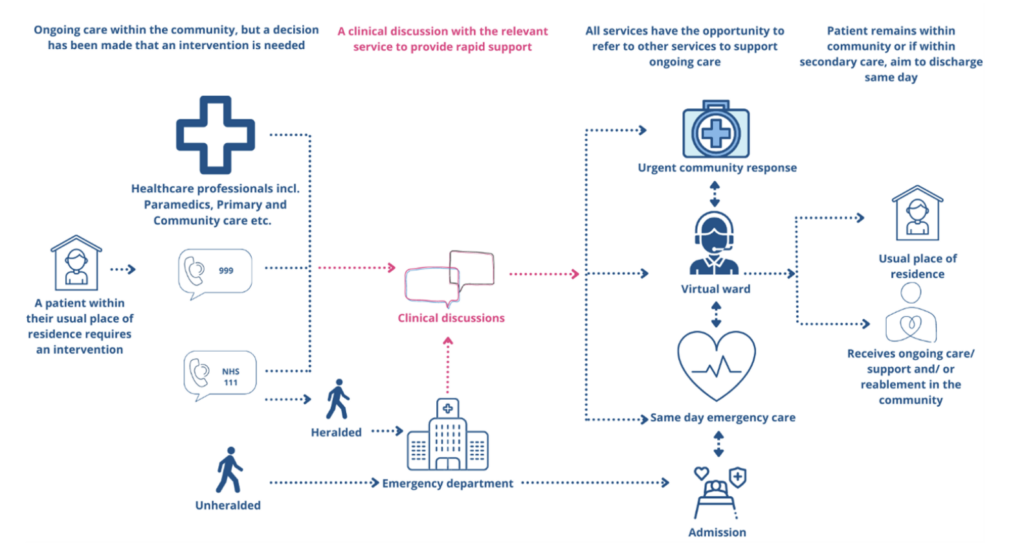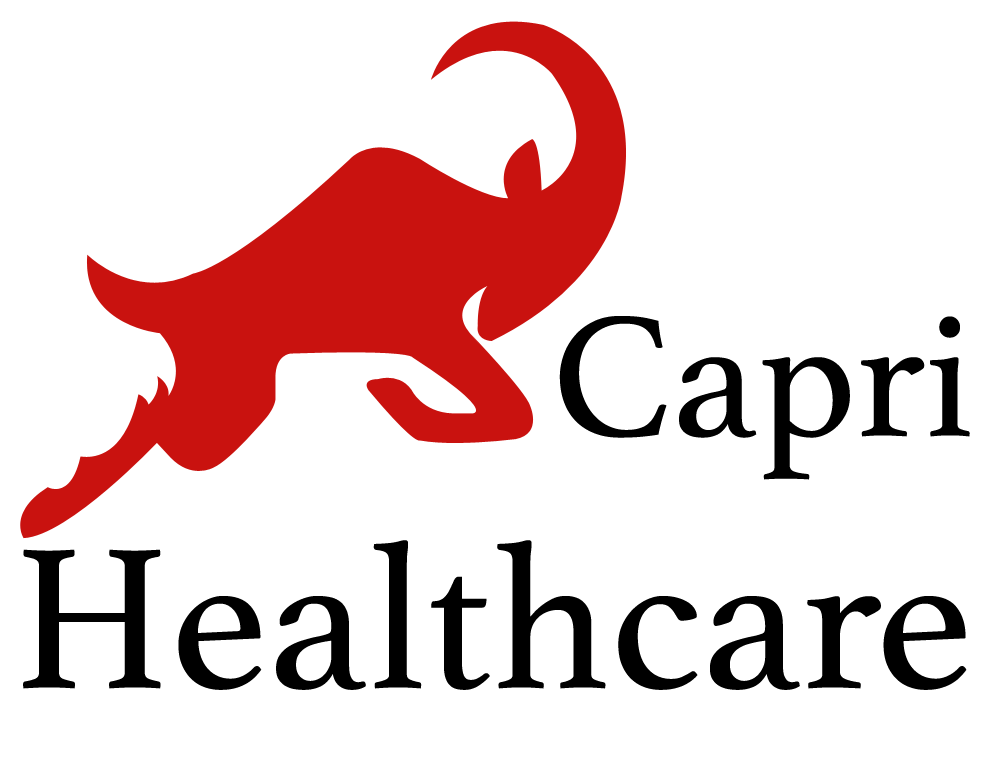In today’s fast-paced healthcare landscape, Emergency Departments (EDs) often face fragmented workflows that delay care and increase inefficiencies. Therefore, hospitals must adopt innovative solutions to address these challenges. TriVice offers a customisable platform that optimises referral processes while ensuring seamless transitions from emergency care to community-based settings.
In this blog, we will explore how TriVice transforms acute care services. Furthermore, we will highlight its adaptability, key features, and strategic value for healthcare organisations.
Why Personalisation Matters in Healthcare Solutions
Every healthcare facility encounters unique challenges influenced by patient demographics, operational workflows, and existing systems. Consequently, personalisation ensures that healthcare tools effectively address these challenges.
Tailored Workflows for Improved Efficiency
Fragmented workflows, as one might expect, can delay patient care and increase frustration among staff and patients. However, tailored workflows resolve these issues effectively. TriVice helps teams design workflows suited to their specific needs. As a result, these workflows ensure smoother transitions for patients between care settings.
Managing Complex Cases Effectively
Emergency Departments handle a wide range of cases, including frailty, mental health crises, and multi-system illnesses. For this reason, TriVice simplifies processes for such patients. For instance, frail older adults can transition seamlessly to community-based care. Consequently, hospitals avoid unnecessary stays whilst improving overall care quality.
Key Features of TriVice for Referral Optimisation
TriVice offers a variety of features specifically designed to enhance referral workflows and operational efficiency. Therefore, it stands out as a comprehensive solution for modern healthcare settings.
1. Adaptive Workflow Management
TriVice, above all, simplifies workflows by enabling teams to customise protocols. This ensures efficiency even in complex situations.
- Flexible Protocols: Departments, for example, can create specific workflows for trauma, paediatrics, or mental health cases.
- Automated Tasks: Administrative tasks, such as generating referral documents, become automated for efficiency and accuracy.
- Real-Time Updates: Additionally, teams can adjust workflows dynamically to meet evolving departmental needs.
2. Real-Time Data Sharing
Accurate and timely communication, undoubtedly, plays a crucial role in effective referrals. TriVice ensures that all stakeholders access up-to-date data.
- Aligned Stakeholders: All participants in the care process share current patient information, ensuring seamless coordination.
- Better Decision-Making: Furthermore, healthcare providers can make informed referral decisions with access to timely and accurate data.
3. Compliance with NHS Standards
TriVice aligns perfectly with NHS guidelines, enabling hospitals to meet national standards and improve service delivery. This includes adherence to the NHS Long Term Plan.
- Frailty Care Support: For example, hospitals can deliver same-day emergency care to frail patients using TriVice’s streamlined processes.
- Meeting Weekly Targets: In addition, TriVice helps hospitals achieve the 70-hour operational target efficiently.
4. Enhanced Communication Across Systems
TriVice, in essence, integrates seamlessly with existing healthcare systems, such as Electronic Health Records (EHRs). As a result, it reduces redundancies and saves valuable time.
How TriVice Supports NHS Frailty Service Goals
The NHS prioritises improving care for frail adults to reduce unnecessary hospital stays. Therefore, TriVice plays a key role in helping healthcare providers meet these goals.

The above figure shows the clinical pathway when someone receiving ongoing care in the community needs an intervention. Referral routes can be by a paramedic, primary or community care, 999, NHS 111 or someone who presents unheralded at the emergency department. Through clinical discussion with the relevant service the patient is provided with the appropriate rapid response – urgent community response, virtual ward or SDEC, or admission. All services can refer to each other to support ongoing care, and always with the aim that where appropriate the patient remains in the community or is discharged from secondary care on the same day.
[Source: https://www.england.nhs.uk/long-read/frail-strategy/]
Automating Administrative Tasks
TriVice reduces the burden of paperwork so that healthcare providers can focus more on patient care. Furthermore, automated processes ease workloads and enhance efficiency.
Monitoring Patient Outcomes
TriVice includes tools to track patient outcomes after discharge. Consequently, it ensures that healthcare providers offer proper follow-up care to patients.
Facilitating Better Collaboration
TriVice connects EDs with community care providers to enhance care continuity. As a result, it reduces readmission rates and improves patient outcomes.
Reducing Hospital Admissions
For instance, one hospital reduced admissions by 40% with TriVice. By transitioning patients to community-based care instead, the hospital improved patient satisfaction and freed up resources.
Success Stories: The TriVice Impact
Hospitals that use TriVice report significantly improved efficiency, reduced costs, and better patient outcomes. Therefore, these results highlight its transformative power in healthcare.
Faster Referral Processing
One hospital, for instance, cut referral times by 30%. This improvement ensured faster care delivery and significantly reduced patient wait times.
Lower Readmission Rates
Another facility, on the other hand, achieved lower readmission rates for frail patients by streamlining collaboration and processes.
Improved Patient Satisfaction
Patients, as expected, appreciated faster care transitions and better coordination between providers. Consequently, satisfaction levels increased significantly.
Why CFOs and COOs Should Consider TriVice
TriVice offers more than a tool—it serves as a strategic investment for healthcare organisations aiming to enhance operations.
Reducing Operational Costs
Efficient workflows minimise unnecessary hospital stays and readmissions. Therefore, hospitals save significant costs annually whilst improving efficiency.
Ensuring Compliance
TriVice allows hospitals to meet NHS standards easily. Additionally, it helps secure funding whilst maintaining high-quality care delivery.
Enhancing Workflow Efficiency
By streamlining processes, TriVice frees up staff time, reduces redundancy, and improves patient care delivery. Consequently, organisations can focus on delivering value-based care.
TriVice transforms referral workflows and empowers healthcare providers to deliver better care. Personalisation ensures teams address the unique challenges of each department. By aligning with NHS goals, TriVice enhances frailty care and achieves operational excellence.
Hospitals that use TriVice can safely discharge more patients on the same day. Therefore, organisations can improve efficiency, satisfaction, and compliance simultaneously.


